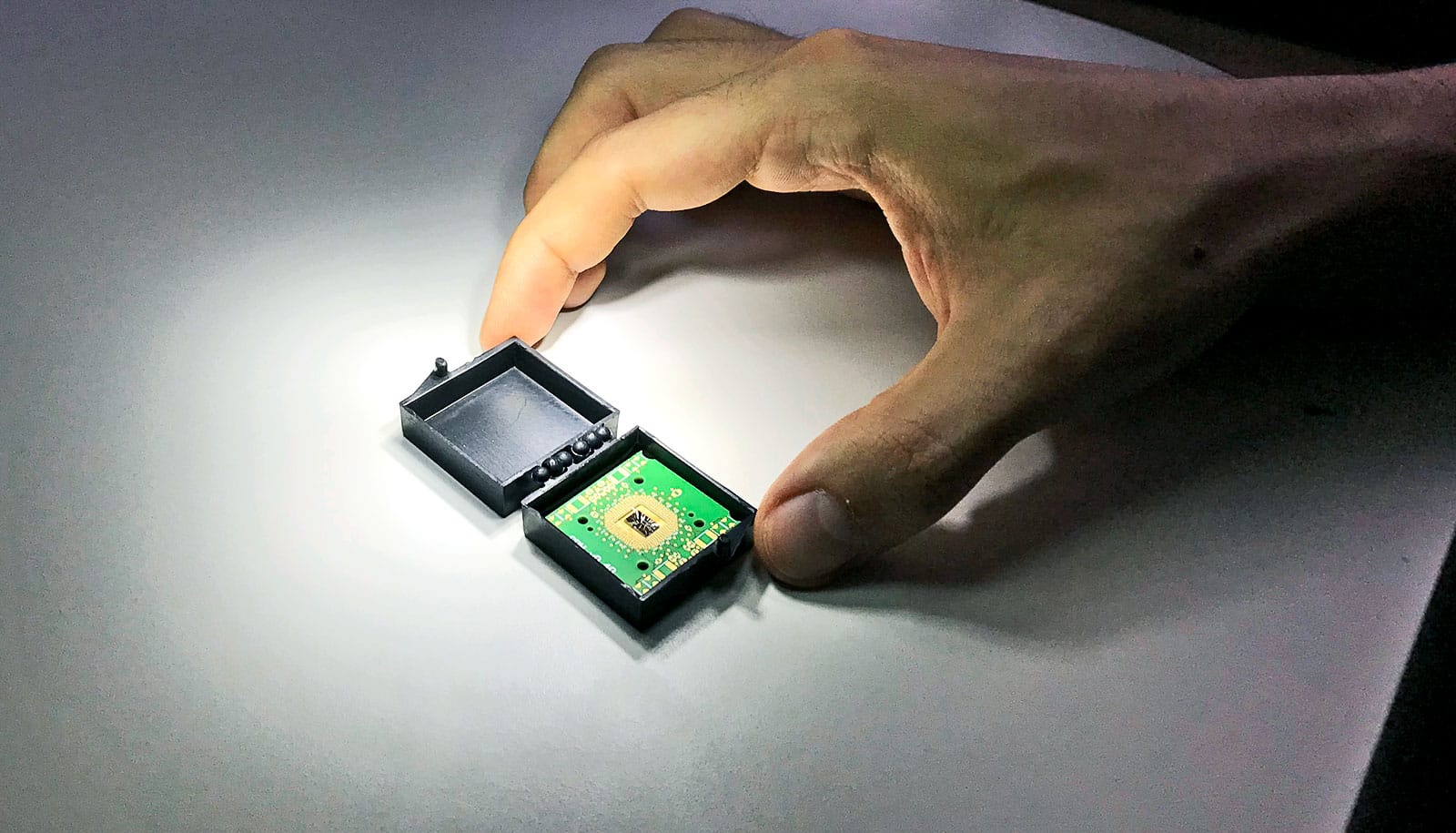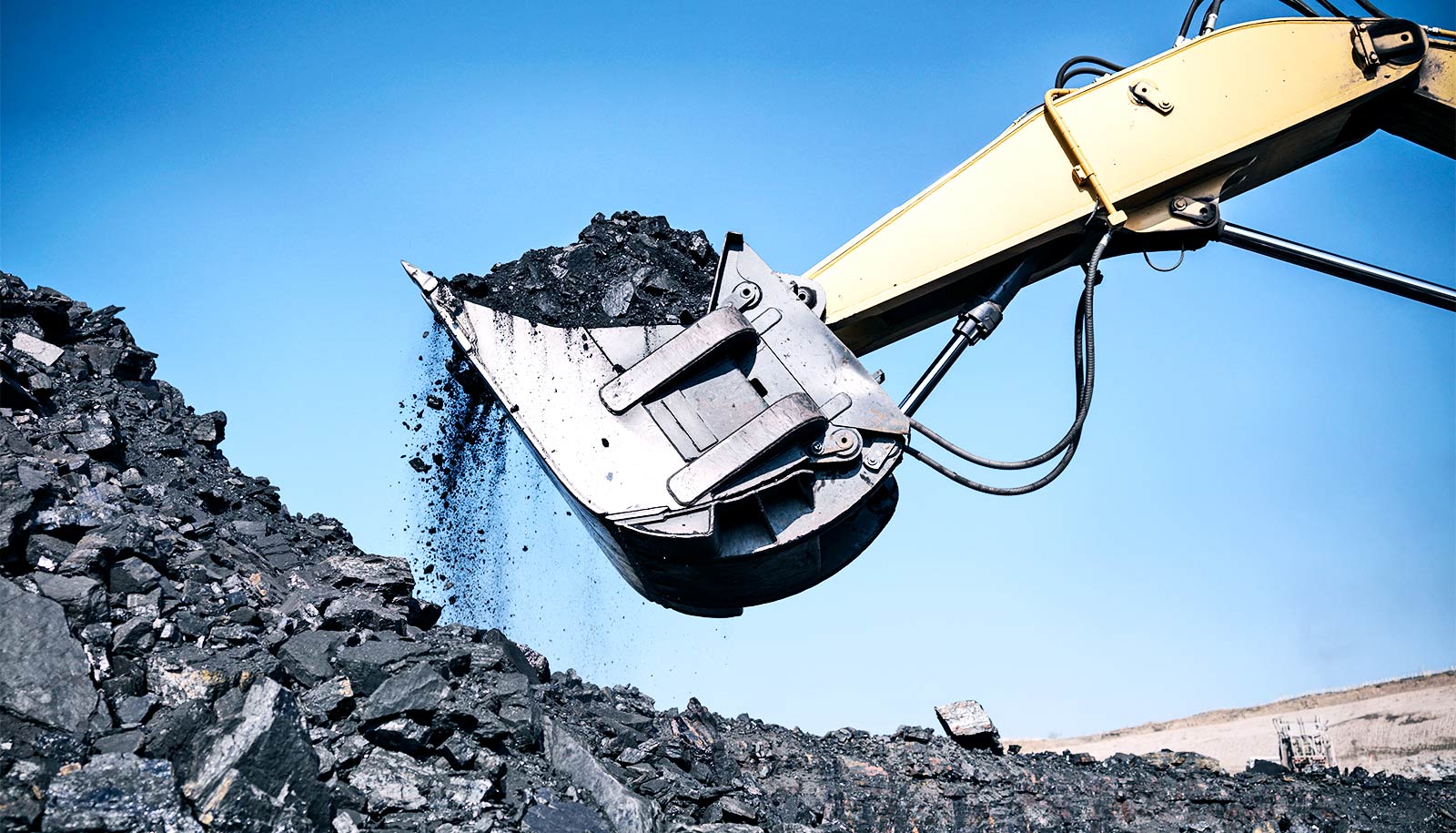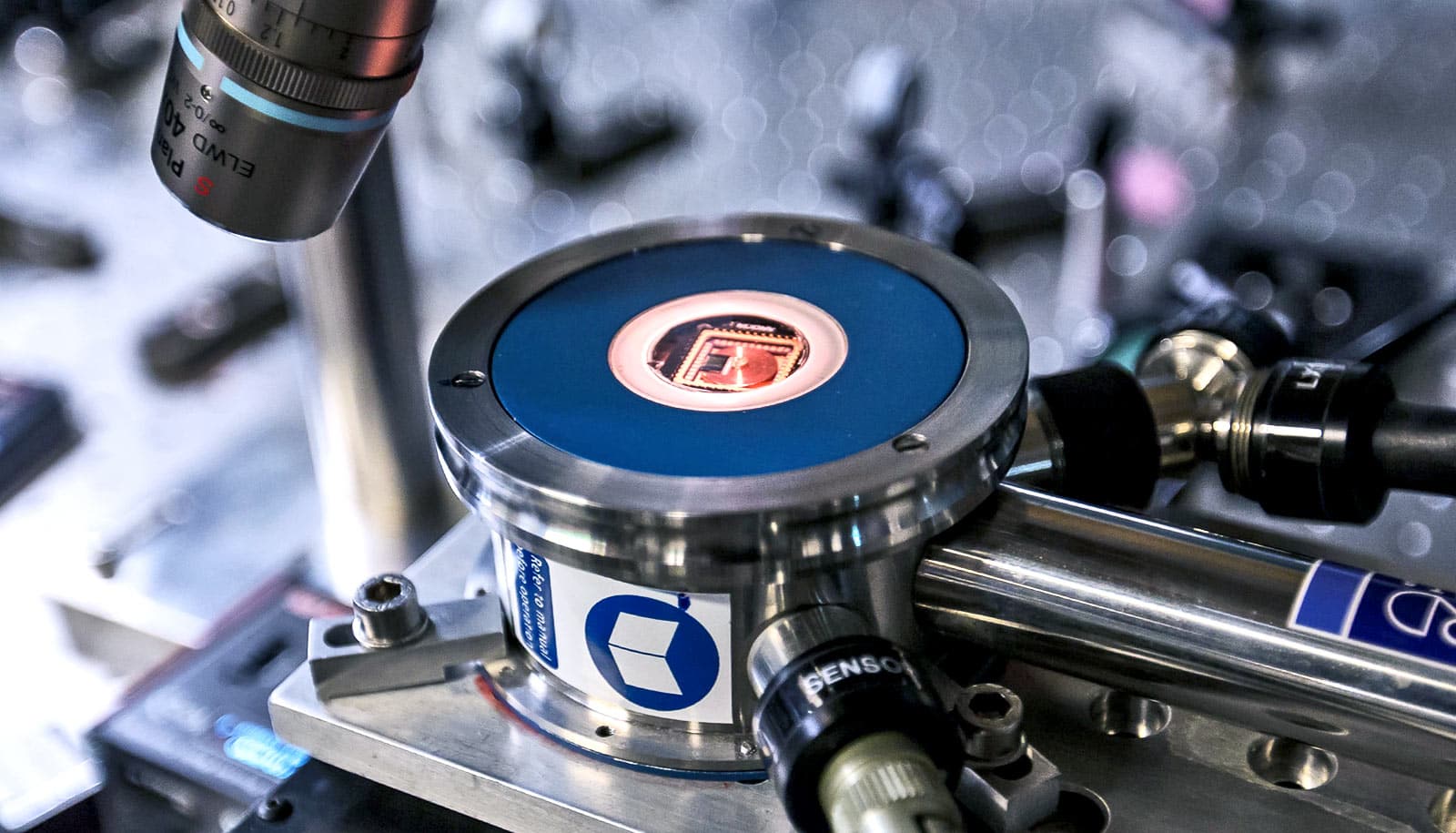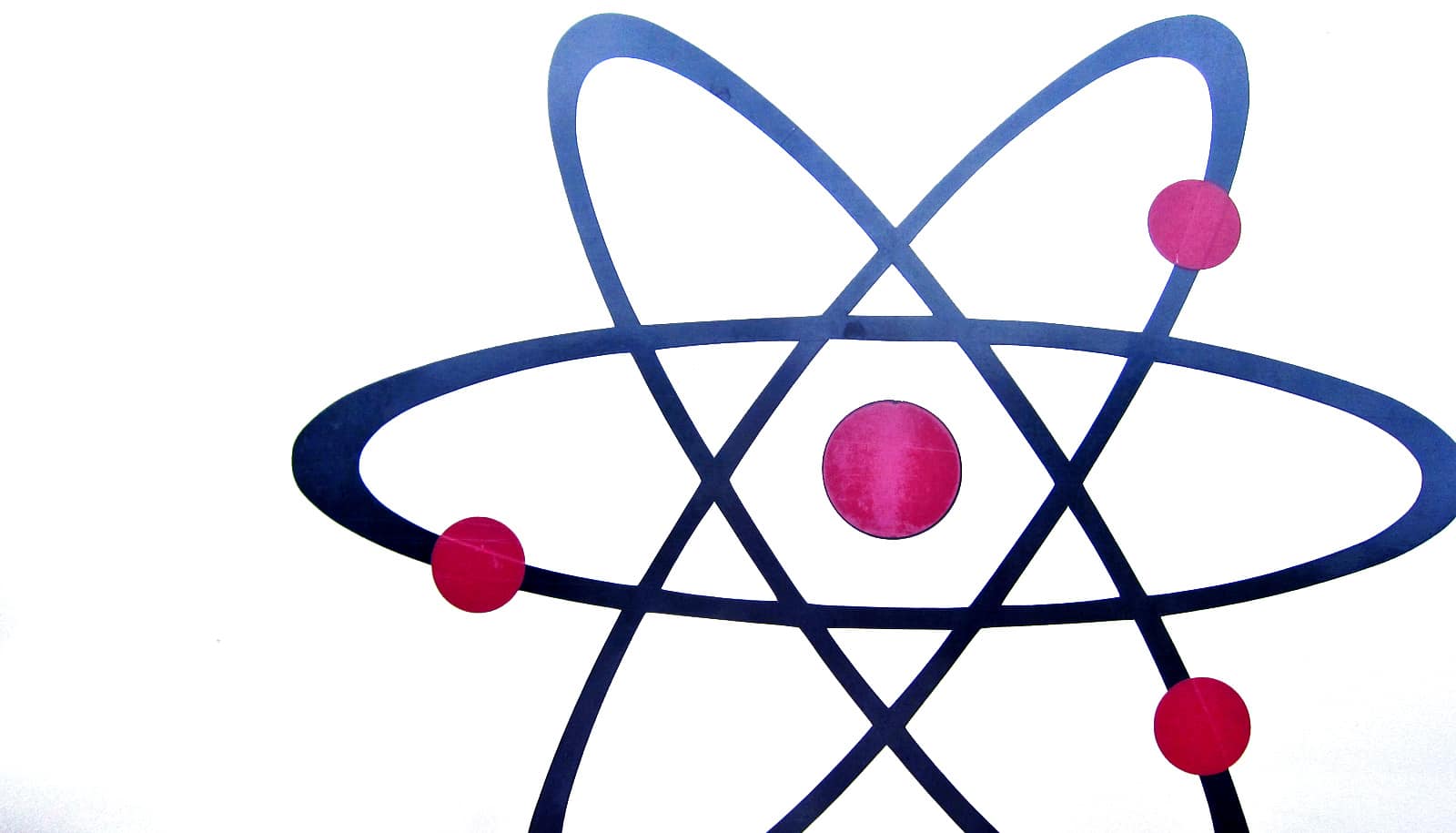Researchers have created a promising building block for supercomputers of the future: a two-dimensional platform that could lead to quantum bits that are both stable and possible to mass produce.
The researchers demonstrated Majorana zero modes in the one-dimensional semiconductor gap between two superconductors forming a spatially extended Josephson junction, an effect predicted theoretically by other research teams.
The wide Josephson junction is part of a complex chip of hybrid superconductor and semiconductor materials. The researchers anticipate it will be an important component in the development of topological quantum information. The discovery unlocks a range of possibilities for researchers.
Mass production
“A major advantage of the discovered component is that it can be mass produced. We can design a large and complex system of quantum bits on a contemporary laptop and have it manufactured using a common production technique for ordinary computer circuits,” says co-lead author Antonio Fornieri, postdoctoral fellow at the University of Copenhagen.
Majorana quantum states are the foundation for the quantum computer researchers are developing. The Majorana quantum state has an important property that protects it from external disturbances, in principle enabling longer periods of quantum processing compared with other types of quantum bits. One of the greatest challenges for researchers worldwide is to develop qubits that are stable enough to allow a computer to perform complicated calculations before the quantum state disappears and the information stored in the bits is lost.
In the past decade, researchers have created Majorana particles in the lab using semiconductor nanowires connected to superconductors and placed in a large magnetic field. Nanowires aren’t well suited for scale-up to a full-blown quantum technology because of the laborious assembly required to manipulate microscopic threads with a needle, move them individually from one substrate to another, and then secure them into a network.
Given that a quantum computer will likely require thousands or more bits, this would be an exceptionally difficult process using hand-placed nanowires. Furthermore, nanowires require high magnetic fields to function. The new Josephson junction-based platform replaces the nanowires with a two-dimensional device which requires lower magnetic fields to form the Majorana states.
“Our prototype is a significant first step towards using this type of system to make quantum bits that are protected from disturbances. Right now, we still need some fine-tuning—we can improve the design and materials. But it is a potentially perfect structure,” says Fornieri.
‘Never been seen before’
The two-dimensional system has another important quality according to research group member Alex Whiticar, a doctoral student.
“Our component has an additional control parameter, in the form of the superconducting phase difference across the Josephson junction that makes it possible to simultaneously control the presence of Majorana-states throughout a system of quantum bits,” says Whiticar.
“This has never been seen before. Furthermore, this system needs a much lower magnetic field to achieve Majorana states. This will significantly ease the manufacturing of larger quantities of quantum bits.”
“Moving from one dimensional nanowires into two-dimensional hybrids opened the field. This device is the first of many advances that can be anticipated once topological structures can be patterned and repeated with precision on the 10nm scale. Stay tuned,” says Charles Marcus, director of Microsoft Quantum Lab Copenhagen.
A paper on the work appears in Nature.
Additional researchers from the University of Copenhagen, the University of Chicago, ETH Zurich, Weizmann Institute of Science, Purdue University, and Microsoft. The Danish National Research Foundation at the Niels Bohr Institute at the University of Copenhagen sponsored the research.
Source: University of Copenhagen



